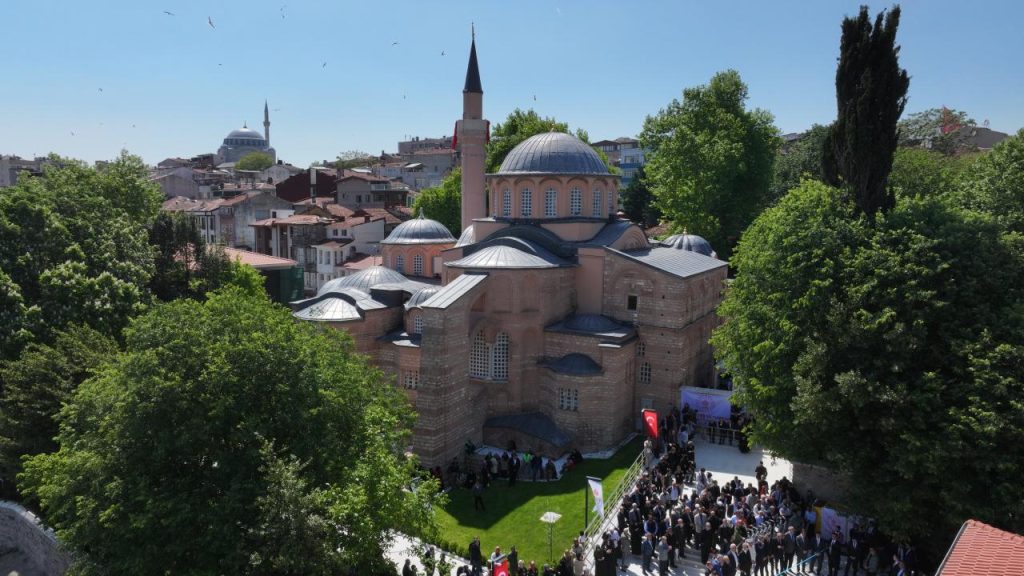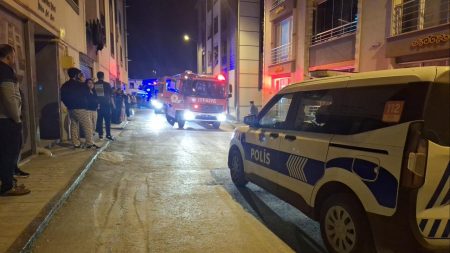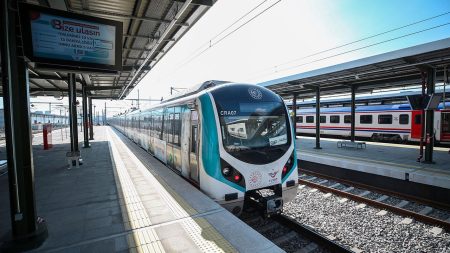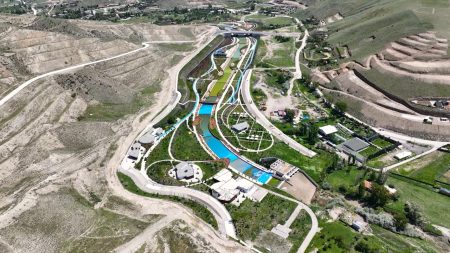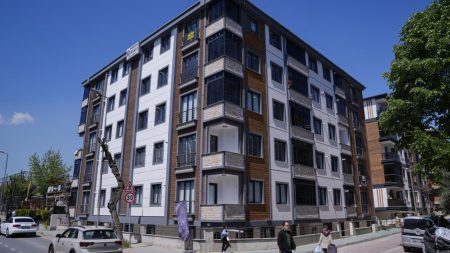After the conquest of Istanbul in 1453, the mosaics and frescoes in the Chora Church were preserved and covered with plaster on the orders of Fatih Sultan Mehmet. The structure was converted into a mosque by Bayezid, and a minaret was added. In 1945, the Chora Mosque was converted into the Chora Museum by a decision of the Turkish Republic Council of Ministers, and the previously plaster-covered mosaics and frescoes were reopened to visitors.
The building, which has undergone various restructuring processes in different periods, was converted back into a mosque according to the Presidential Decree of August 21, 2020. As of now, congregational prayers have begun at the Kariye Mosque. Art historian Hayri Fehmi Yılmaz stated that the place is one of Istanbul’s most interesting and multi-layered cultural assets, with a history dating back to the 6th century.
Yılmaz emphasized the importance of the Kariye Mosque in terms of Byzantine art, highlighting the mosaics on the walls and the frescoes in the entrance sections of the sanctuary, as well as the frescoes in the tomb section prepared for Metokhites, as very valuable memories for world art history.
Yılmaz also provided insight into the extensive restoration process that took place throughout the years, emphasizing the significant amount of work put in by restorers, archaeologists, art historians, and architects. The mosaics within the structure depict scenes from the lives of Mary and Jesus, some of which are considered unique examples in Byzantine art. The monument has been preserved throughout the centuries, thanks to the approach towards cultural assets by nature and the Ottoman Empire.
Visitors to the mosque expressed their admiration for the artwork and the historical significance of the building. Tourist Marry Simmons praised the mosaics and artworks, highlighting the diverse perspectives on creation, life, and worship within the country. Traveler John Roberts appreciated the beauty of the building and the mosaics, adding that the preservation of everything inside the mosque was essential.
Local residents also expressed their joy at the reopening of the mosque. Musa Tombul, who attended the Friday prayer, expressed his gratitude and happiness for being able to pray in such a significant place. Others, like Haydar Şenbahar and Halime Kurt, also expressed their happiness and gratitude towards the decision to convert the site back into a mosque. The reopening of Kariye Mosque was celebrated by the Fatih Municipality, which offered treats to visitors.
In conclusion, the conversion of Kariye Mosque back into a mosque has sparked excitement and appreciation among visitors and locals, highlighting the historical and cultural significance of the building. The restoration and reopening of this monument have allowed for the preservation of important artworks and historical narratives for future generations to appreciate and enjoy. The decision to return the site to its original function as a mosque has been met with joy and gratitude, symbolizing a connection to the past and a celebration of cultural heritage.









